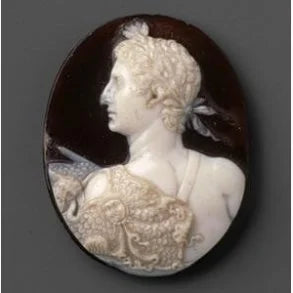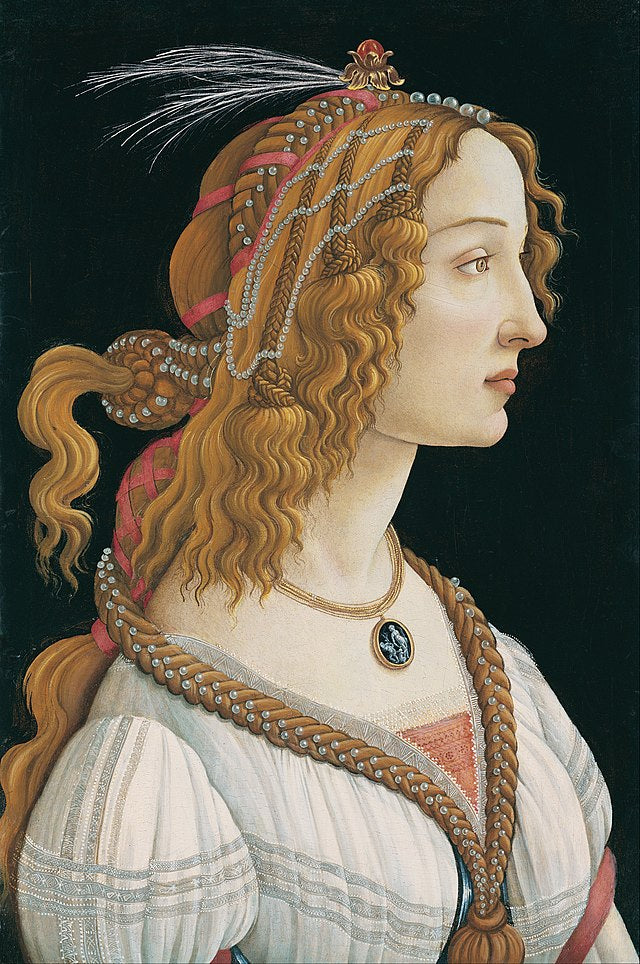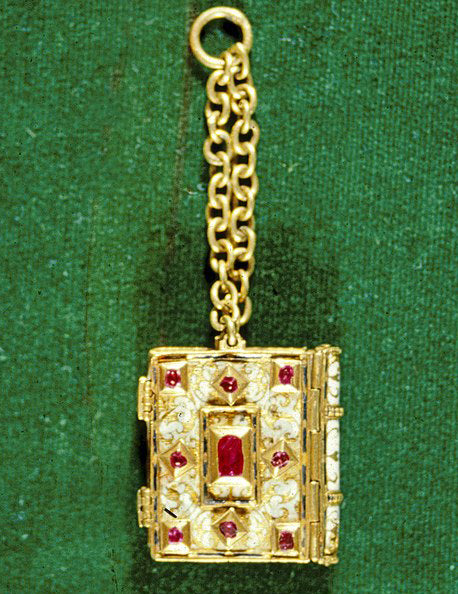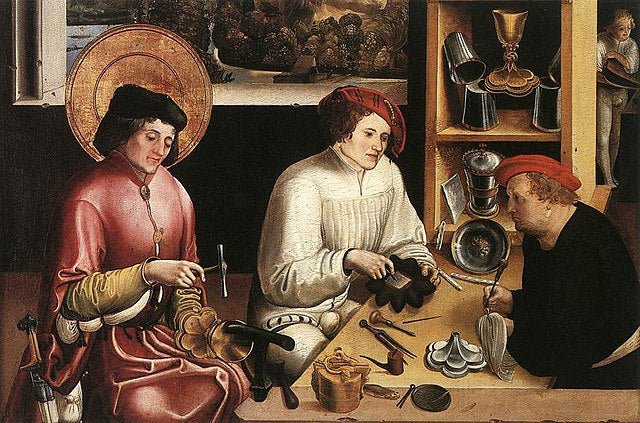
Photo on top: Roman Kamé with miniature portrait
The Roman Fibula: A Study of Jewelry Design and Techniques from 200 BC to 300 AD
A simple design that was prevalent throughout Roman history was the fibula, a type of dress pin with a domed top over a long pin, used to secure a garment. Many fibulae from the Roman world inspired goldsmiths in Northern Europe and even up to the Viking Age (750-950 AD).
The Romans, from 200 BC to 300 AD, had a distinct style in their jewelry. The luxurious gold ornaments of the Romans, adorned with gleaming white pearls and green emeralds, stood in stark contrast to the jewelry of the times before and the subsequent long Middle Ages that followed the fall of the Roman Empire. In comparison, medieval jewelry was known for its powerful and polychrome design.
The Romans were highly creative in their jewelry design, but they often borrowed motifs from the Greek world. Pamphlets, dogs, and acanthus leaves, were used repeatedly by the Romans. It is believed that upper-class Roman women wore a significant amount of gold jewelry on a daily basis, while lower classes used silver and bronze.
One of the most notable achievements of the Romans was the perfection of the cameo technique. Cameos were miniature portraits or figures cut extremely finely in agate, taking advantage of the different colored layers in the stone. The technique was developed to a level that still fascinates







